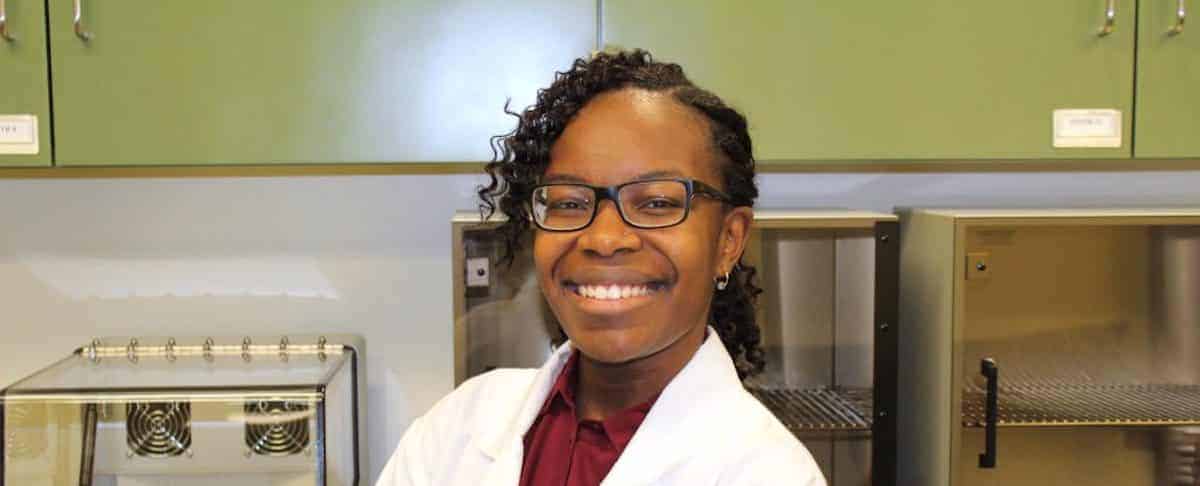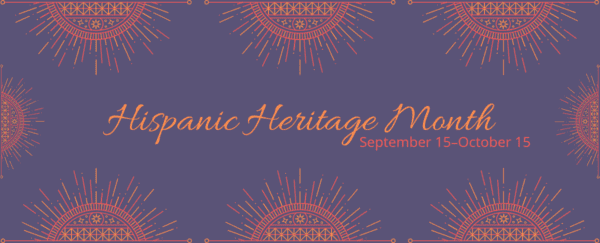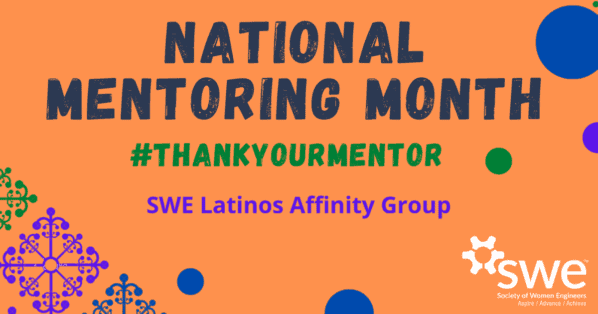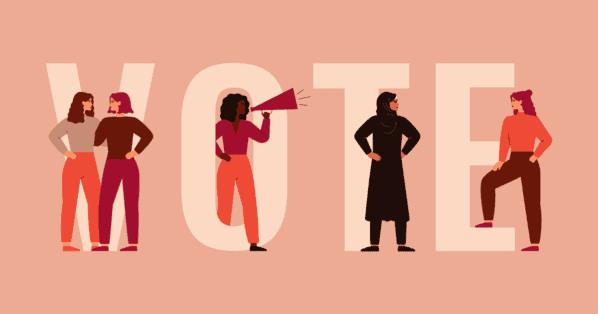This blog by Anicca Harriot was published originally on Westwood Westwood.
This Sunday, Hollywood will gather for the eighty-ninth year to represent the pinnacle of film—the Academy Awards. In the wake of last year’s #OscarsSoWhite, it seems like the Academy has risen to the occasion in recognizing productions led by African-American writers, directors, and actors—one of those productions is Hidden Figures.
Hidden Figures tells the untold story of Katherine Johnson, Mary Jackson, and Dorothy Vaughan, a team of brilliant black mathematicians who helped launch John Glenn into orbit in 1962. These women (portrayed by Taraji P. Henson, Janelle Monáe, and Octavia Spencer respectively) faced significant struggle in their careers due to the time’s racism, but despite their obstacles, they persisted. Ultimately, Katherine Johnson calculated the trajectory of the Friendship 7, making John Glenn the first American to orbit Earth; Mary Jackson became NASA’s first black female engineer; and Dorothy Vaughan led West Area Computing as the agency’s first black supervisor.
As a young, black, female scientist with eyes turned skyward, I feel an inescapable pull to a film about women who look like me working to conquer the final frontier. I am Biophysical Sciences student who will soon pursue a PhD in Biochemistry, my greatest dream, however, is to become an astronaut. The idea of marrying the concept of the smallest scale of human existence with an understanding of the vastness of our universe is a concept that excites me and drives my curiosity like nothing else can, much like the women of Hidden Figures. They envisioned a future in space flight, like I dream of journeying to the depths of space and satisfying the curiosity and sense of adventure that has always thrived within me.
Even though I grew up in one of the most diverse cities in the country, it was a rarity to find another black student in any of my STEM classes. I had grown up never seeing women who looked like me achieving the things I dreamed of pursuing. There was an absence that I felt keenly, though I could never put a finger to why I felt as though I didn’t quite belong. It often seems as though even where diversity is promoted, there is an obsession with the “firsts & only’s” of the African-American community.
I had grown up never seeing women who looked like me achieving the things I dreamed of pursuing.
One drastically underrated aspect of Hidden Figures is the pure number of black women working as mathematicians at NASA in the film. Throughout my journey in the STEM pipeline, I was often the only black student in my environment; I felt as though I was the exception rather than the rule. Hidden Figures not only shows black girls that there is no limit to what they can achieve, but also that they are not alone. We are neither the first, nor the only ones to reach for the stars.
For many decades the contributions made by the women of Hidden Figures went unrecognized, but this year their story was pushing into the spotlight. In a time where it is of the utmost importance to show young girls of color that they matter, Hidden Figures reaches out to audiences and takes them on a journey to the moon piloted entirely by black women. A story that once seemed unfathomable is now being celebrated alongside the best films of the year; these previously hidden figures are truly hidden no more.






